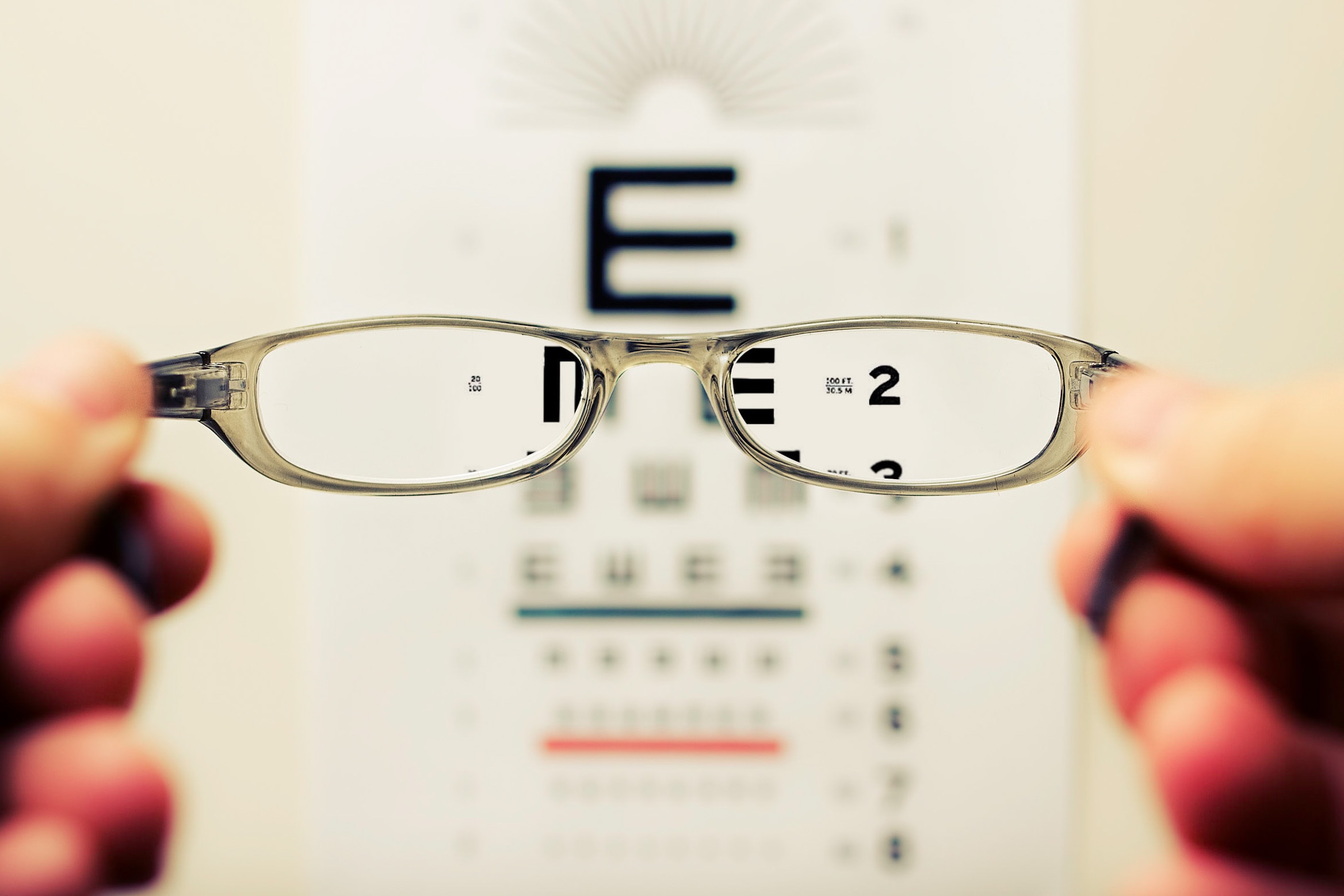There are killer presentations. And there are presentation-killers.
To make the first a reality, you need to know the second.
Sometimes in the heat of getting things done, the most-made-mistakes may escape your attention. Which is why we’re listing our top 5 no-nos. They may seem obvious, but they’re invaluable as a ready-reckoner for your deck-check.
- Unreadability
- Unevenness
- Lack of clarity
- Uncertainty
- Clutter
1. Unreadability of text
It’s surprising how often the best presentations in terms of content give their recipients a headache because of the teeny-tiny font used, or blocks of text jammed like daily commuters on the metro. Or, if the point size is right, there’s such a bewildering variety of fonts, it’s hard for the eye to know where to look. Do remember what earlier posts on our blog say about balance. Keep the fonts both readably large and uniformly chosen, and blocks of text minimal and well laid-out.
2. Unevenness of images / supporting material
Just because it is supporting material doesn’t mean it can be second-rate. You need to pay equal attention to all aspects of the presentation. And even more so because every image is worth, as they say, a thousand words. Jittery gifs and poor-quality images that look distorted or pixellated when blown up hurt not just the eye but the content as well.
3. Lack of clarity in the presentation
No amount of perfection in the fonts and images can cover up muddled thinking in the presentation itself… Before you do anything to jazz up your presentation, you have to have clarity, logic, and flow in the content. If the central structure is strong, the layers you add will enhance and improve it. If the structure is weak, even the best layers will be no more than padding.
4. Uncertainty in the presenter
There could be several causes for uncertainty. One, you are not the person who has put the presentation together, you have suddenly been asked to run with someone else’s presentation. Two, you are both the creator and the presenter, but you don’t have confidence as a speaker or you don’t know your facts and figures as well as you should. Three, you have put it together with your team, but you haven’t discussed things like context, background and way forward before making your presentation: leading to post-presentation confusion. Each has its own solutions which we will discuss in the next post. Watch this space!
5. Clutter
This is the word that sums up everything that can (and does) kill a presentation. The clutter in the mind translates into the visual and verbal clutter of a poorly-conceived, hastily-assembled presentation. There are specific ways to cut clutter, and that too, deserves a post all to itself. For now, it’s important to remember that too many images, too much information, too many points touched upon without leading anywhere are all to be avoided.
Good luck! Here’s to stronger, better, smarter presentations!

